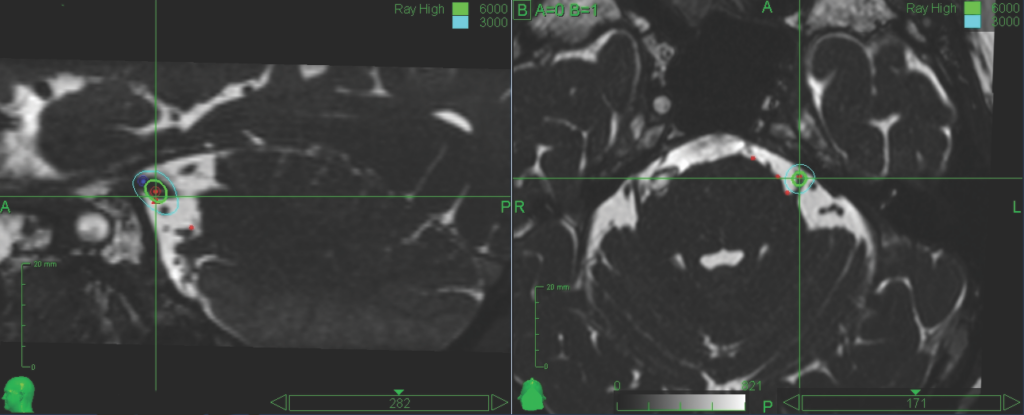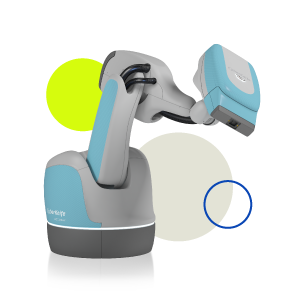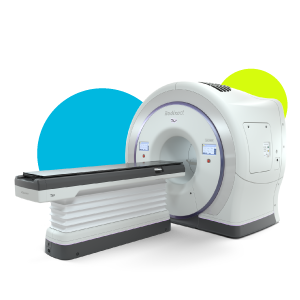The CyberKnife® System Offers Alternative Treatment for Trigeminal Neuralgia
The Hôpital Notre-Dame du CHUM in Montreal, Canada, hosts a monthly clinic for patients with trigeminal neuralgia, a debilitating nerve disorder, that causes “electric” pain in the face. Eating, teeth brushing, shaving or simply a light gust of wind can trigger pain. In 2012, an 89-year-old male patient suffering from trigeminal neuralgia presented to the clinic with pain on the left side of his face. The patient had undergone medical treatment, most recently with oxcarbazepine, which proved ineffective and caused him to be dizzy and unstable when he walked.
CYBERKNIFE TREATMENT RATIONALE
While being treated at the clinic, the patient was seen by a radiation oncologist and neurosurgeon to discuss treatment options. According to David Roberge, M.D., head of the department of radiology oncology at Hôpital Notre-Dame du CHUM, options available at the hospital (beyond changes to medication) included microvascular decompression (MVD), percutaneous radiofrequency rhizotomy or radiosurgery using the hospital’s CyberKnife System. Typical surgical risks for any open-skull neurosurgical procedure, such as MVD, include infection, excessive bleeding, spinal fluid leakage and the risks of anesthesia. Percutaneous radiofrequency rhizotomy carries a greater risk of minor to severe post-surgical numbness, and can often be permanent.
In view of the patient’s age and active lifestyle, radiosurgery was preferred because it was the least invasive. Together the patient and physicians determined that the option with the best therapeutic ratio would be radiosurgery using the hospital’s CyberKnife System. “Often, we start with the CyberKnife because it has the least risk involved and the least side effects as well,” Roberge added.
The Hôpital Notre-Dame du CHUM uses the CyberKnife System for treatment of trigeminal neuralgia patients who have failed prior medical or surgical treatments or who cannot tolerate their medication. The non-invasive, outpatient procedure “delivers a single high dose of radiation directly to a short segment of the trigeminal nerve, 2-3 mm from the brainstem,” Dr. Roberge explained.
“The CyberKnife® System provides patients with added comfort when compared with other systems because it does not require that patients, who are already experiencing facial pain, be immobilized using an invasive head frame pinned to the outer surface of their skull.” For the radiosurgery team at Hôpital Notre-Dame du CHUM,
WHO/WHERE
CHALLENGE
SOLUTION

Non coplanar beam arrangement
along the trigeminal path.

Plan for 80 Gy maximum dose to the left trigeminal nerve.
TREATMENT PLANNING
TREATMENT DELIVERY
OUTCOME AND FOLLOW-UP
Most side effects of radiotherapy, including radiotherapy delivered with Accuray systems, are mild and temporary, often involving fatigue, nausea, and skin irritation. Side effects can be severe, however, leading to pain, alterations in normal body functions (for example, urinary or salivary function), deterioration of quality of life, permanent injury, and even death. Side effects can occur during or shortly after radiation treatment or in the months and years following radiation. The nature and severity of side effects depend on many factors, including the size and location of the treated tumor, the treatment technique (for example, the radiation dose), and the patient’s general medical condition, to name a few. For more details about the side effects of your radiation therapy, and to see if treatment with an Accuray product is right for you, ask your doctor.






